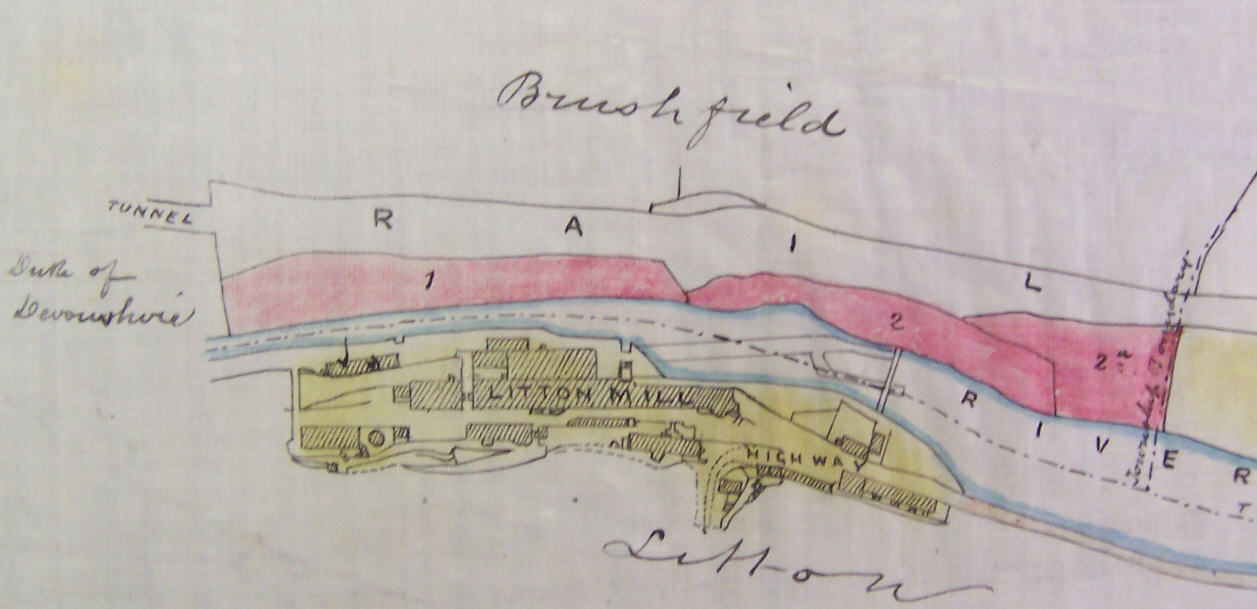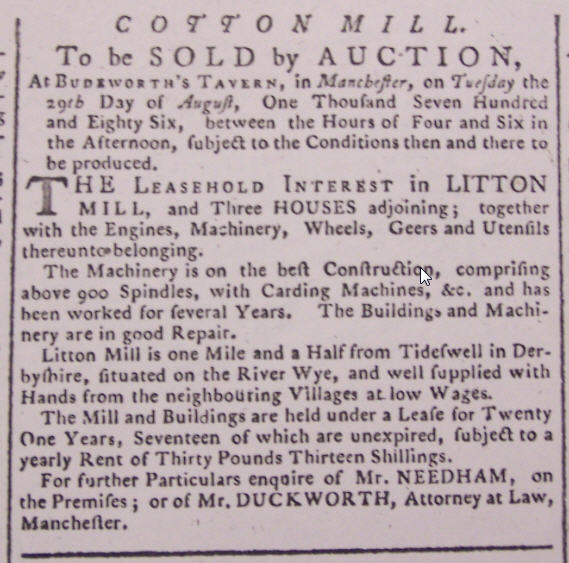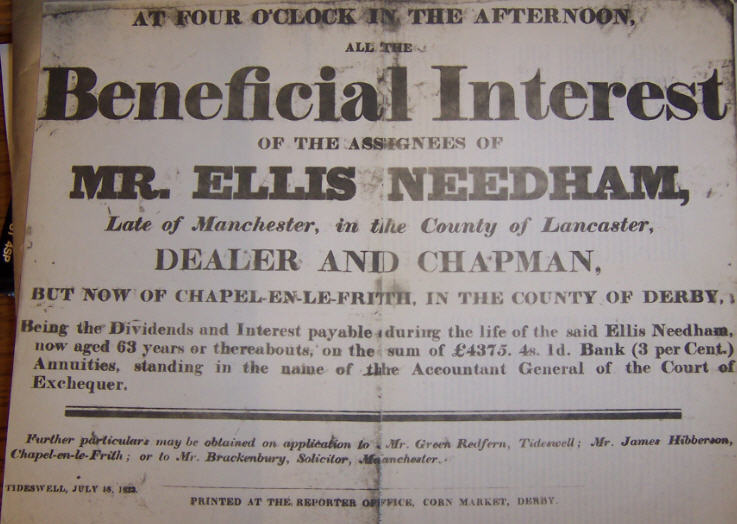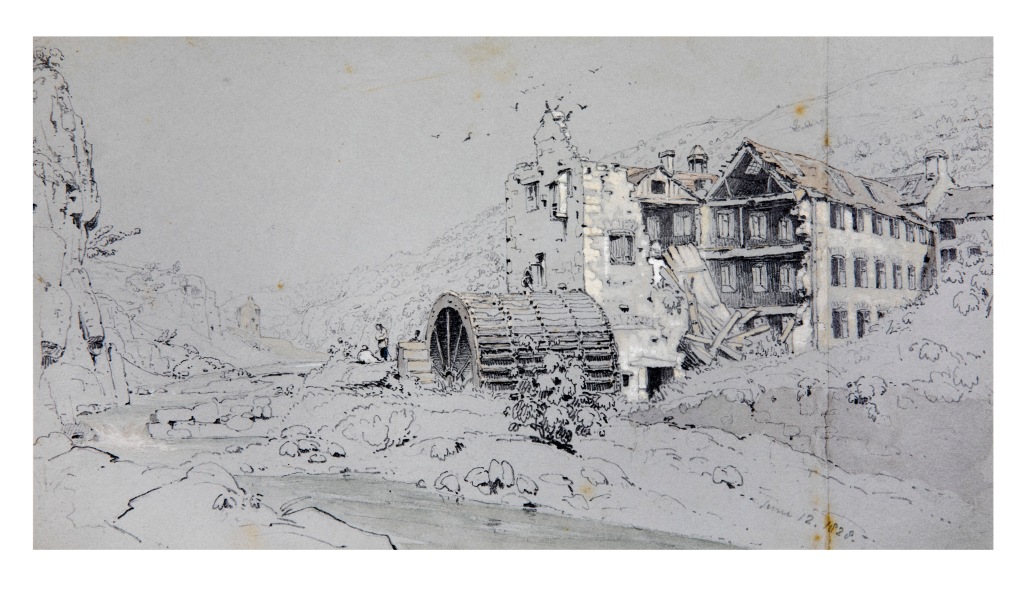Before 1796
1796 -1799
1800 - 1819
1820s
Late 19th Century
Litton Mill
Land Ownership
Slack & Mill
Connections
Living Conditions
Robert Blincoe
Censuses 1841 - 1891

The Cotton mill at Litton was built in 1782 by Ellis Needham (1760-1830) and his cousin Thomas Frith on land leased from Lord Scardale. It was not a great success, and was for sale as soon as 1786. (see advertisment here from the Derby Mercury)

In 1786 William Newton (the framesmith and mechanic who had built Arkwright's first mill at Cressbrook in 1783) was offered a junior partnership of 200 pounds if he would overhaul and superintend the machinery thereafter. Newton was also to become partner in the Brough and Castleton cotton mills.
A shortage of labour pushed
Needham to use parish
apprentices to work the mill, and the first apprentice house was built
near the mill
shortly before 1793. A second apprentice house was built in 1795 on
land purchased on the south bank of the River Wye in the parish of
Taddington.
In 1797 Newton left the partnership to
become an innkeeper (having been left property by his Godmother on her
death that year). This however was not a success and in 1800 he became
bankrupt. Nevertheless he managed to retrieve his fortune and we next
hear of him in 1810 being invited to manage Cressbrook mill for Francis
Phillips.
After Newton's departure the history of the Litton Mill acquired notoriety through the Memoirs (published in 1832) of the London orphan apprentice Robert Blincoe who was employed for his term (1803-14) at Litton under Needham and purported to receive extremely harsh treatment. Needham's apprentices were obligated to work more than the statutory twelve hours every day; they were poorly fed, and were often callously and brutally treated.
Their plight was
presented in contrast to the paternal and humane treatment accorded to
his young apprentices by William Newton at his nearby Cressbrook mills.
It has to be remembered however that Blincoe's story was first
published in serial form by the radical and controversial printer and publisher Richard Carlile (1790-1843), a
disciple of Thomas Paine, and was ubsequently published in memoir form
by John Doherty the founder of the National
Union of Cotton Spinners. The
story based on events that
were alleged to have taken place 25 years earlier was clearly contrived
as a sensational piece of propaganda by those seeking to reform the
factory system."

After Needham's financial backer, Francis Haywood of Manchester
became bankrupt in 1798, Needham sank deeper into financial difficulties. In 1815 Needham was
declared bankrupt. At least 80 of his apprentices were left destitute
and had to be supported on parish relief. In 1816 Lord Scarsdale
canceled Needham's lease.
In 1819 the mill was again for sale, and by 1828 it was in ruins (see etching below). In 1874 the mill was destroyed by fire and a new mill was built, and little remains of the earlier buildings.
Needham's Estate was finally sorted in 1823. This advertisment shows the announcement of the final settlement. Needham died in Chapel-en-la-Firth in 1830. In 1874Here is an etching of Litton Mill dated 1828. It is from a book recently discovered and now in Buxton Library. Note the size of the wheel and the figure on top of it.

The piece is from a sketchbook by Mary Twopenny. It is dated 12 June 1828.